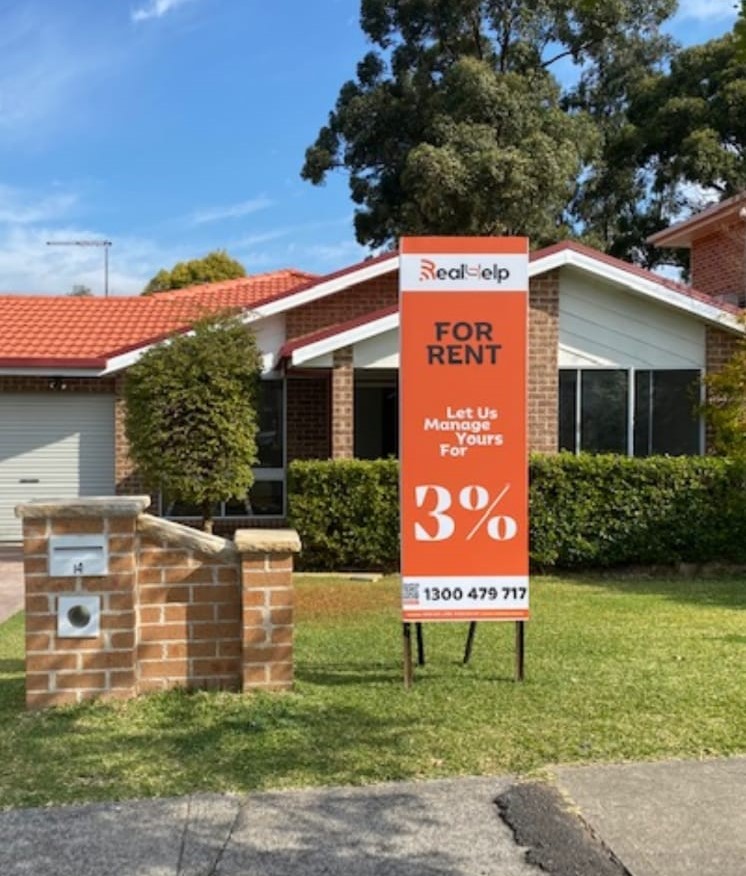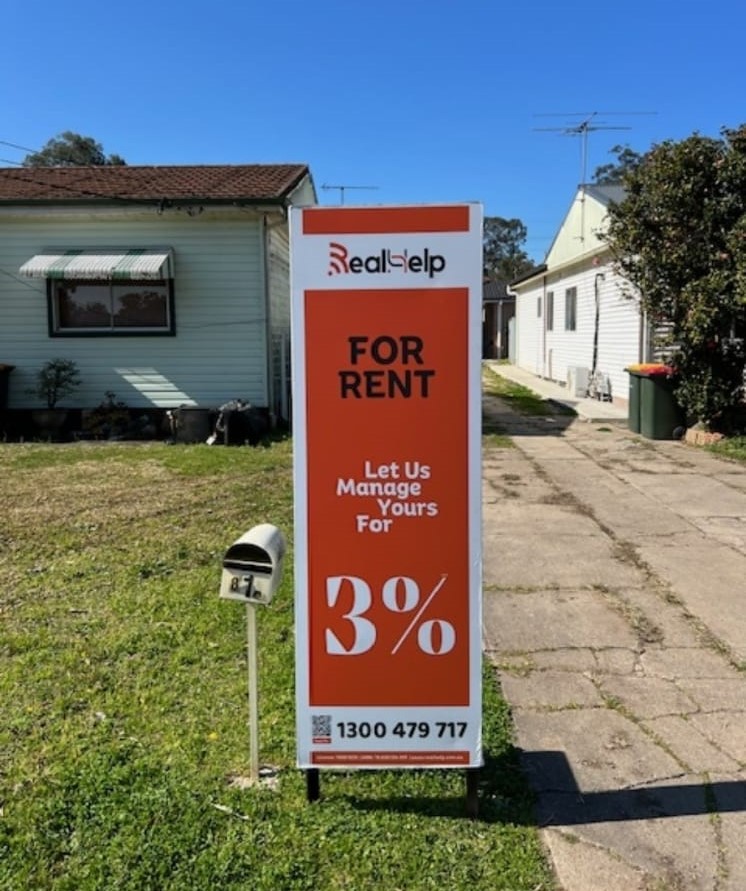Blacktown, a major suburb in Western Sydney, has seen considerable shifts in its rental market over the last six months. Known for its family-friendly neighborhoods, cultural diversity, and strong infrastructure, Blacktown continues to attract a range of renters from young professionals to families. In this post, we’ll take a deep dive into the various aspects of the Blacktown rental market from April 2024 to October 2024, providing insights into price trends, vacancy rates, demand drivers, and future outlooks.

Rental Price Trends
Over the past six months, Blacktown’s rental prices have experienced moderate increases due to heightened demand and limited supply. Here’s a breakdown of average rent prices based on property types:
- Houses: The median rent for houses in Blacktown has increased by approximately 5%, with the average rent rising from around $480 per week in April to $505 per week by October 2024. This increase is mainly driven by demand from families and professionals seeking more space, especially post-COVID as work-from-home trends continue.
- Units: Apartments and units have also seen rent increases, though at a slightly lower rate. The average unit rental price went from $370 per week to $390 per week. This moderate growth is attributed to a rise in younger renters and single professionals who prefer proximity to public transport and lower maintenance homes.
- Townhouses and Villas: The rental prices for townhouses, which provide a hybrid between the house and unit market, have risen to an average of $450 per week, reflecting a 4% increase in the last six months. These properties appeal to renters who seek more space than apartments but at a lower cost than freestanding homes.
Vacancy Rates
Vacancy rates in Blacktown have remained relatively low over the past six months, hovering between 1.2% and 1.5%. This is significantly below Sydney’s overall average, reflecting the suburb’s strong rental demand. Several factors contribute to this:
- Growing Population: Blacktown has a continually expanding population, which is projected to rise further due to new housing developments and increased immigration into Western Sydney.
- Infrastructure and Amenities: Blacktown’s extensive transport links, including train lines and bus routes, its proximity to major employment hubs, and local amenities such as shopping centers and schools, make it an attractive choice for renters.
- Rising Mortgage Costs: With rising interest rates, many potential homeowners have postponed their plans to purchase, instead opting to remain in the rental market. This trend is particularly visible in middle-income households, further driving down vacancy rates in Blacktown.

Key Demand Drivers
Several factors have contributed to the sustained demand in Blacktown’s rental market:
Proximity to Major Employment Hubs
Blacktown’s location gives renters access to several key employment centers, including Parramatta, Norwest Business Park, and Sydney’s Central Business District (CBD). These areas are easily accessible by public transport, making Blacktown an ideal residential area for commuters.
Affordability Compared to Sydney’s Inner Suburbs
Despite the increase in rental prices, Blacktown remains an affordable option compared to Sydney’s inner suburbs. The median rental prices for houses and units in Blacktown are significantly lower than in areas like Parramatta, Chatswood, and North Sydney, making it a popular choice for families and young professionals.
Education and Family Appeal
With a variety of well-regarded public and private schools in the area, Blacktown is an attractive location for families. The presence of parks, recreational centers, and healthcare facilities further enhances its appeal to family-oriented renters.
Cultural Diversity
Blacktown’s rich cultural diversity has been a pull factor, especially for renters from various ethnic backgrounds looking to be part of a diverse, inclusive community. This also boosts demand for multi-generational housing setups, which are typically more common in larger homes with multiple bedrooms.
Supply and Development
Blacktown’s rental market is also influenced by several ongoing and upcoming development projects. These projects are expected to provide more rental options and may help to balance out the rising prices in the future.
- New Housing Developments: Several new residential developments are underway in and around Blacktown, including master-planned communities, which will add to the housing supply in the coming years. These developments include a mix of apartments, townhouses, and freestanding homes aimed at a diverse range of renters.
- Infrastructure Upgrades: The NSW government has committed to improving the area’s infrastructure, including upgrades to Blacktown Hospital, enhancements to the Sydney Metro West train line, and expanded road networks like the WestConnex project. These upgrades are expected to further boost Blacktown’s appeal as a rental hub by improving accessibility and services for local residents.
Renter Demographics
Understanding the demographics of renters in Blacktown can provide insight into who is driving demand:
- Young Families: Blacktown continues to be a popular suburb for young families, particularly those looking for affordable homes with access to quality schools and parks. Larger properties, such as 3-4 bedroom houses, are particularly in demand among this group.
- Young Professionals: As public transport connections have improved, there has been an increase in the number of young professionals renting in Blacktown. Many opt for units or townhouses due to affordability, proximity to work, and ease of maintenance.
- Multigenerational Households: Blacktown’s larger houses appeal to multigenerational families, especially in the wake of increasing housing costs and a cultural trend toward family cohabitation in areas with diverse populations.
Challenges and Opportunities
While the Blacktown rental market remains robust, there are a few challenges that landlords and property investors may face:
- Increased Competition: With new housing developments underway, rental supply may increase in the coming years, potentially moderating future rental growth.
- Interest Rate Rises: Rising interest rates may squeeze some landlords’ returns, prompting many to pass on these costs to renters, which could reduce demand if rents become unaffordable.
However, these challenges also present opportunities:
- Higher Rents Due to Demand: The continued demand for rental properties, especially among families and professionals, suggests that landlords can still expect healthy returns.
- Potential for Capital Growth: As Blacktown continues to undergo gentrification and infrastructure improvements, the suburb is becoming a more attractive location for renters and buyers alike. This could lead to both rental growth and capital appreciation for investors.
Conclusion: A Promising Outlook
The Blacktown rental market over the last six months has demonstrated resilience and steady growth. Demand remains high due to the area’s affordability, accessibility, and family-friendly atmosphere. With low vacancy rates and moderate rental price increases, Blacktown remains a strong option for both renters and property investors.
As development and infrastructure improvements continue to enhance the suburb, the outlook for the rental property market in Blacktown remains positive. Investors can expect continued demand, especially in family-sized homes and affordable units, while renters can look forward to more housing options as new developments come online.
Whether you’re a tenant or landlord, Blacktown is shaping up to be a suburb of growth, opportunity, and long-term potential.
